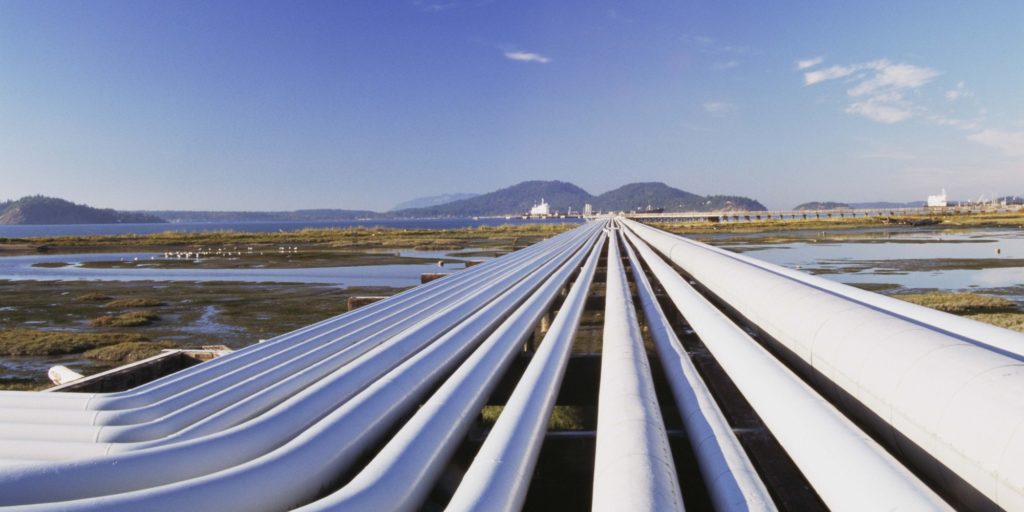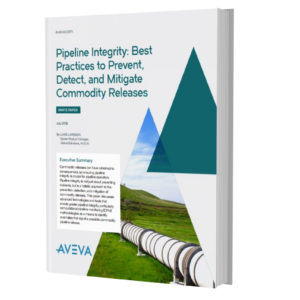6 Key Aspects to Look Out for In Pipeline Operations & Maintenance

Estimated reading time: 6 minutes

Best Practices for Pipeline Integrity: Preventing Releases through Operation and Maintenance
Pipeline Integrity Management (PIM) is a comprehensive program of understanding and operating pipelines in a safe, reliable manner. PIM programs are approaches that cover prevention, detection and mitigation activities and solutions that considers all stages of the pipeline life cycle. All pipeline developments are under financial and social pressure, to ensure operations are safe and necessary technologies and programs are in place.
While modern technology and tools are designed to anticipate potential threats before they occur, lapses still occur and pipeline accidents and explosions are still happening today. The most recent pipeline explosion occurred in Mexico, which led to numerous casualties, while in Malaysia, a fire broke out due to a leak at the Sabah-Sarawak gas pipeline. No explosion or casualties were reported.
This article will discuss the best practices for operation and maintenance of pipelines. Preventing the release of crude oil and fuels is a key criterion in an efficient PIM as it is the best defence against a toxic release. Inspection and monitoring technologies provide pipeline operators with the information they need to accurately assess the health of their pipeline and perform proactive maintenance on “at risk” areas.
Here are the 6 key aspects to monitor and inspect pipelines:
- Monitor operating pressure
- Inspect the integrity of the pipeline externally
- Inspect the integrity of the pipeline internally
- Monitor depth of cover
- Properly calibrate monitoring devices
- Monitor ground temperature and excavation activity
- Monitor operating pressure
The pressure or head along the pipeline can vary greatly depending on different factors, e.g., elevation. Having a simulation model depict what is occurring within the pipeline in real time is beneficial. This allows pipeline operators to monitor maximum allowable operating pressures (MAOP) at locations in the pipeline where no physical measurement is available.
- Inspect the integrity of the pipeline externally
Advanced nondestructive testing (NDT) methods detect structural damage or degradation in the pipeline from the outside. Ultrasonics or magnetic particle testing are two such NDT methods available in the market today, but there are several others as well. NDT methods uncover anomalies or trouble spots that bear closer inspection by evaluating integrity of welds and alerting operators to corrosion damage.
- Inspect the integrity of the pipeline internally
High-resolution in-line inspection (ILI) tools periodically record data about conditions (corrosion, dents, wall thickness) as they move through the pipeline. The data is then analysed to evaluate the structural integrity of the pipeline.
- Monitor depth of cover
Pipelines are usually buried to protect the pipeline from general surface activity. The depth of cover depends on both existing regulations and internal pipeline company standards. Electronic equipment is available to assist in monitoring the depth of cover and could be linked with a global positioning system (GPS) to track the exact location of the pipeline coordinates.
- Properly calibrate monitoring devices
Real-time transient models create an accurate hydraulic picture of pipeline operating conditions. These models can be used to compare calculated values (on pressure, flow, temperature, etc.) with actual data received from various measurement instruments. Threshold deviation set points can alert operators via a warning/alarm that a specific instrument may be “drifting” and need calibration.
- Monitor ground temperature and excavation activity
Communication for new pipelines is normally provided by a fiber optic cable laid along the pipeline. Modern fiber optic cables have sensing capabilities that could also be used to monitor the ground temperature along the pipeline and give warnings/alarms when the temperature deviates from normal. There are also advanced fiber optic cables available today that allow the pipeline company to monitor if any excavation or similar third-party intrusion is occurring in close proximity to the pipeline.
To learn more about the best practices to prevent, detect, and mitigate commodity releases, Aveva Group has provided a white paper intended to discuss advanced technologies and tools that enable greater pipeline integrity, particularly computational pipeline monitoring (CPM) methodologies as a means to identify anomalies that signal a possible commodity pipeline release. Commodity releases can have catastrophic consequences, so ensuring pipeline integrity is crucial for pipeline operators. Pipeline integrity is not just about preventing incidents, but is a holistic approach to the prevention, detection, and mitigation of commodity releases.
Click below to download your free whitepaper
Pipeline Integrity: Best Practices to Prevent, Detect, and Mitigate Commodity Releases

